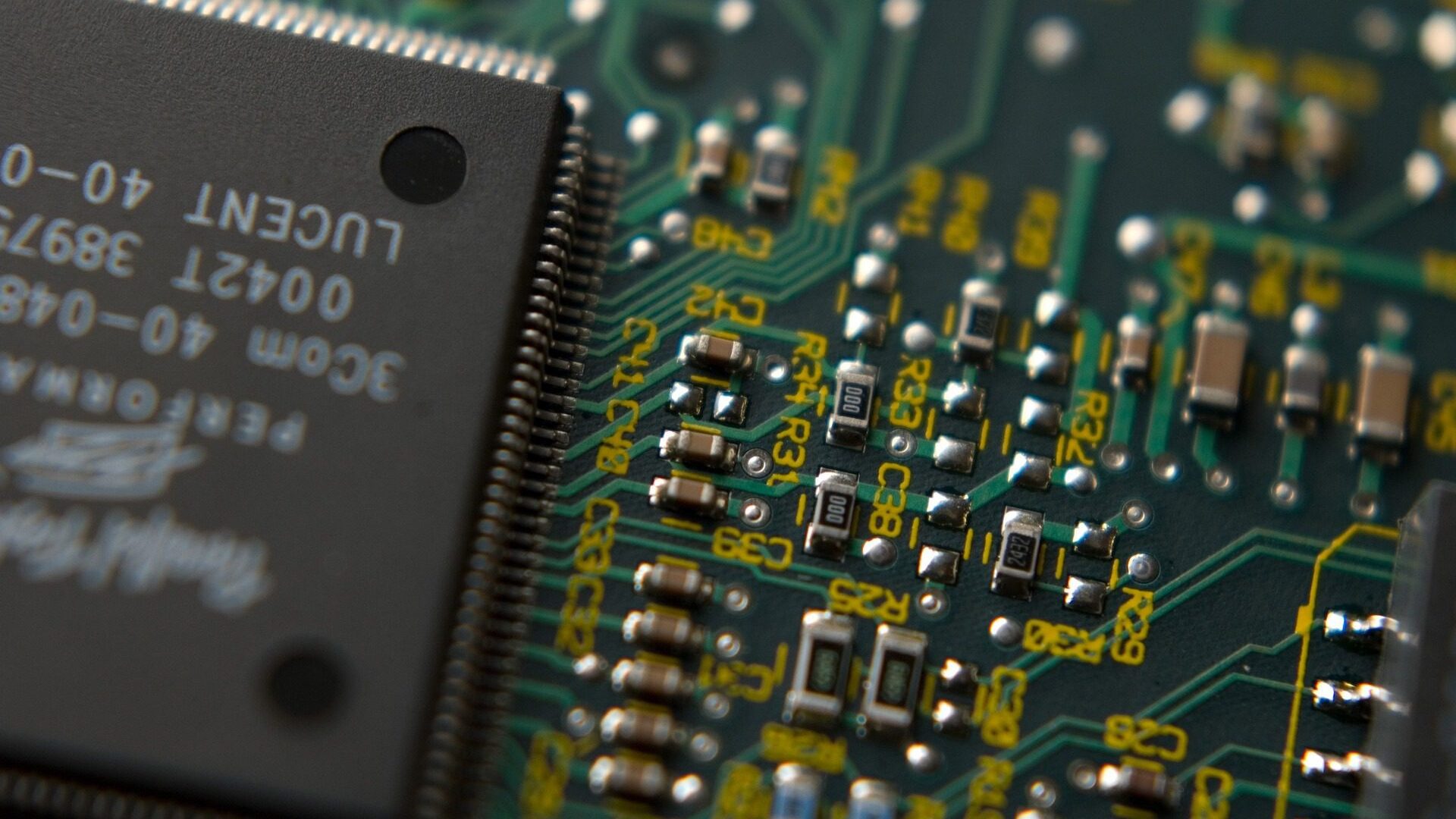
The EU’s tensions with China have accelerated, notably over the Taiwan issue, making it urgent for Europe to develop autonomous production of semiconductors, a product that it currently imports almost exclusively from China and Taiwan. The European Parliament and the member states voted Tuesday, April 18th, on an agreement to encourage semiconductor production in Europe.
The aim is to avoid being stuck in a situation of total dependence. The coronavirus epidemic already highlighted the fragility of Europe. The EU countries found themselves short of supplies of semiconductors due to the disruption of production and international distribution circuits. These small electronic components are now essential in almost all sectors of industrial production, and 75% of their production is located in East Asia.
In February 2022, the European Union announced that it would finance a €43 billion plan to encourage local production of semiconductors. Ursula von der Leyen stated that she wanted Europe to have 20% of the world market by 2030.
Several projects have since been launched. The construction of a factory in the hands of an American-Italian-French consortium was launched in France, near Grenoble, in July 2022. A few months later, in February 2023, the foundation stone was laid in Saarland, Germany for a factory owned by the American group Wolfspeed and the German equipment manufacturer ZF. The factory, which will be the largest in the world of its kind, is intended to manufacture silicon carbide chips.
The agreement of April 18th confirms this momentum. According to von der Leyen, the deal
will allow for a competitive chips industry and build the foundation for a global market share. It will power a clean tech industry made in Europe and strengthen our digital resilience and sovereignty.
The €43 billion investment was confirmed, as was the target of 20% of the global market by 2030. Achieving this target requires a fourfold increase in current production.
The conclusion of the agreement provided the occasion for a more global reflection on Europe’s dependence and fragility with regard to energy, as the Russia-Ukraine war has revealed.
Europe is not alone in addressing the issue of semiconductor production. The United States is already ahead of the curve, with the passage in August 2022 of the Chips and Science Act, which provides for $52 billion in investment in the micro-conductor sector, and an additional $10 billion in research and development. Japan and South Korea are also in the process of increasing their own production.
